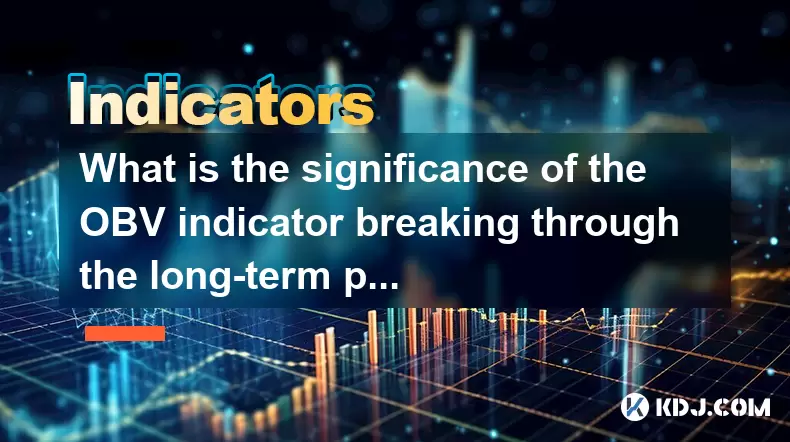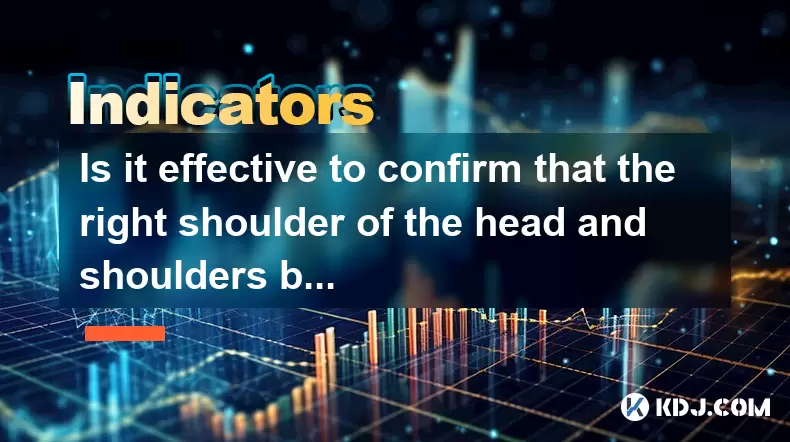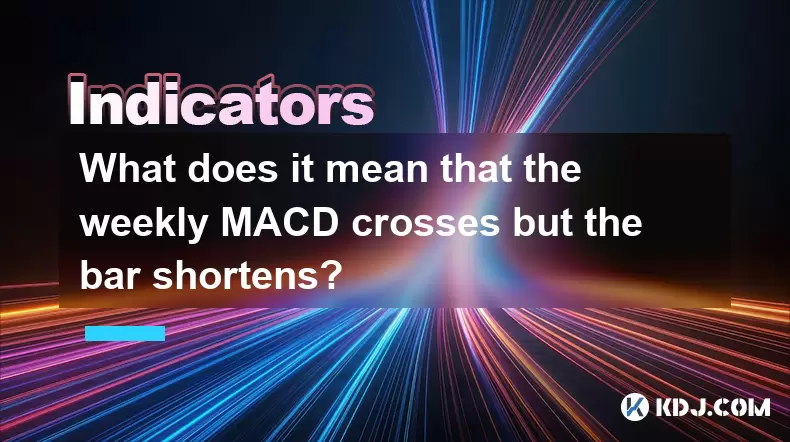-
 Bitcoin
Bitcoin $106,754.6083
1.33% -
 Ethereum
Ethereum $2,625.8249
3.80% -
 Tether USDt
Tether USDt $1.0001
-0.03% -
 XRP
XRP $2.1891
1.67% -
 BNB
BNB $654.5220
0.66% -
 Solana
Solana $156.9428
7.28% -
 USDC
USDC $0.9998
0.00% -
 Dogecoin
Dogecoin $0.1780
1.14% -
 TRON
TRON $0.2706
-0.16% -
 Cardano
Cardano $0.6470
2.77% -
 Hyperliquid
Hyperliquid $44.6467
10.24% -
 Sui
Sui $3.1128
3.86% -
 Bitcoin Cash
Bitcoin Cash $455.7646
3.00% -
 Chainlink
Chainlink $13.6858
4.08% -
 UNUS SED LEO
UNUS SED LEO $9.2682
0.21% -
 Avalanche
Avalanche $19.7433
3.79% -
 Stellar
Stellar $0.2616
1.64% -
 Toncoin
Toncoin $3.0222
2.19% -
 Shiba Inu
Shiba Inu $0.0...01220
1.49% -
 Hedera
Hedera $0.1580
2.75% -
 Litecoin
Litecoin $87.4964
2.29% -
 Polkadot
Polkadot $3.8958
3.05% -
 Ethena USDe
Ethena USDe $1.0000
-0.04% -
 Monero
Monero $317.2263
0.26% -
 Bitget Token
Bitget Token $4.5985
1.68% -
 Dai
Dai $0.9999
0.00% -
 Pepe
Pepe $0.0...01140
2.44% -
 Uniswap
Uniswap $7.6065
5.29% -
 Pi
Pi $0.6042
-2.00% -
 Aave
Aave $289.6343
6.02%
What is the significance of the OBV indicator breaking through the long-term pressure line? How to calculate the main cost area?
The OBV indicator breaking above long-term resistance signals rising buying pressure, often hinting at a bullish reversal in crypto markets.
Jun 17, 2025 at 10:36 am

Understanding the OBV Indicator and Its Role in Cryptocurrency Trading
The On-Balance Volume (OBV) indicator is a momentum oscillator that uses volume flow to predict changes in cryptocurrency prices. It is based on the idea that volume precedes price movement. When the OBV line rises, it suggests accumulation is taking place; when it falls, it indicates distribution.
In the context of technical analysis within the crypto market, traders closely monitor the OBV for signals such as divergences, trends, and breakouts. One critical event is when the OBV indicator breaks through a long-term pressure line, which can signal a shift in market sentiment and potential upward movement in price.
What Happens When OBV Breaks Through a Long-Term Pressure Line?
A breakout of the OBV line above a long-term resistance level often reflects growing buying pressure. This means that large volumes are entering the market during up days, potentially indicating institutional or whale activity.
- Increased Accumulation: A sustained rise in OBV suggests that buyers are absorbing available supply.
- Potential Trend Reversal: If the price has been consolidating or declining, an OBV breakout may foreshadow a bullish reversal.
- Confirmation Tool: Traders often wait for the price to confirm this OBV breakout before entering positions.
It's crucial to note that while this is a strong signal, it should not be used in isolation. Combining it with other tools like moving averages or Fibonacci retracements enhances its reliability.
How Is the OBV Indicator Calculated?
To fully understand what happens when the OBV crosses key levels, one must first know how it’s calculated:
- Start with an arbitrary base value (usually zero).
- Add the day’s volume to the OBV if the closing price is higher than the previous day’s close.
- Subtract the day’s volume from the OBV if the closing price is lower than the previous day’s close.
- If the closing price remains unchanged, the OBV stays constant.
This cumulative calculation helps track whether volume is flowing into or out of an asset over time.
Determining the Main Cost Area in Cryptocurrency Trading
The main cost area, also known as the "value area" or "congestion zone", refers to the price range where most trading volume has occurred. Identifying this area helps traders determine support and resistance levels and anticipate future price behavior.
To calculate the main cost area, follow these steps:
- Use a volume profile chart to visualize where the highest volume trades have taken place.
- Identify the price level with the highest volume concentration — this is the Point of Control (POC).
- Expand outward from the POC to include adjacent price levels until you encompass approximately 70% of total volume traded — this defines the main cost area.
These zones act as anchors for price action and can guide entry and exit points.
Using Volume Profile Tools to Calculate the Main Cost Area
Most modern trading platforms offer volume profile tools that allow users to overlay historical volume at different price levels directly onto the price chart. Here's how to use them effectively:
- Select the time frame relevant to your strategy — intraday, daily, or weekly.
- Enable the volume profile feature on your charting software (e.g., TradingView, Bybit, or Binance).
- Adjust settings to display either fixed range profiles or session-based profiles depending on your needs.
- Look for peaks in the volume histogram to identify high probability support/resistance areas.
Some advanced tools even allow dynamic volume profiling, updating in real-time as new data comes in.
Practical Applications: Integrating OBV and Main Cost Area Analysis
Combining OBV breakouts with main cost area identification offers a powerful analytical framework:
- Watch for OBV to break above resistance while price is still within the main cost area — this could indicate a buildup phase.
- If the price eventually breaks out of the main cost area with rising OBV, it confirms strength behind the move.
- Conversely, if the OBV fails to confirm a breakout, it might suggest a false move or lack of genuine demand.
This integration allows traders to filter out noise and focus on high-probability setups backed by both volume and price structure.
Frequently Asked Questions
Q: Can OBV be used effectively in low-volume cryptocurrencies?
While OBV can technically be applied to any asset, its reliability diminishes in low-volume altcoins due to erratic and sometimes manipulated volume data. In such cases, it's better to combine OBV with order book depth analysis or on-chain metrics.
Q: How often should I recalculate the main cost area?
Recalculation depends on your trading horizon. Day traders may reset volume profiles every 24 hours, while swing traders might analyze weekly or monthly profiles. Always align the timeframe with your strategy.
Q: Does the OBV indicator work differently on futures markets compared to spot markets?
Yes. In futures markets, especially perpetual contracts, funding rates and open interest can influence volume patterns independently of actual underlying demand. Therefore, interpreting OBV in futures requires additional context.
Q: Are there alternative indicators similar to OBV?
Yes. The Chaikin Money Flow (CMF) and Accumulation/Distribution Line (A/D) serve similar purposes but use different formulas that incorporate price ranges and volume. These can complement OBV in multi-indicator strategies.
Disclaimer:info@kdj.com
The information provided is not trading advice. kdj.com does not assume any responsibility for any investments made based on the information provided in this article. Cryptocurrencies are highly volatile and it is highly recommended that you invest with caution after thorough research!
If you believe that the content used on this website infringes your copyright, please contact us immediately (info@kdj.com) and we will delete it promptly.
- 2025-W Uncirculated American Gold Eagle and Dr. Vera Rubin Quarter Mark New Products
- 2025-06-13 06:25:13
- Ruvi AI (RVU) Leverages Blockchain and Artificial Intelligence to Disrupt Marketing, Entertainment, and Finance
- 2025-06-13 07:05:12
- H100 Group AB Raises 101 Million SEK (Approximately $10.6 Million) to Bolster Bitcoin Reserves
- 2025-06-13 06:25:13
- Galaxy Digital CEO Mike Novogratz Says Bitcoin Will Replace Gold and Go to $1,000,000
- 2025-06-13 06:45:13
- Trust Wallet Token (TWT) Price Drops 5.7% as RWA Integration Plans Ignite Excitement
- 2025-06-13 06:45:13
- Ethereum (ETH) Is in the Second Phase of a Three-Stage Market Cycle
- 2025-06-13 07:25:13
Related knowledge

How to interpret the low opening the next day after the long lower shadow hits the bottom?
Jun 18,2025 at 12:22am
Understanding the Long Lower Shadow Candlestick PatternIn technical analysis, a long lower shadow candlestick is often seen as a potential reversal signal in a downtrend. This pattern occurs when the price opens, trades significantly lower during the session, but then recovers to close near the opening price or slightly above. The long wick at the botto...

How to operate the RSI indicator repeatedly in the 40-60 range?
Jun 18,2025 at 12:56am
Understanding the RSI Indicator and Its RelevanceThe Relative Strength Index (RSI) is a momentum oscillator widely used in cryptocurrency trading to measure the speed and change of price movements. Typically, the RSI ranges from 0 to 100, with levels above 70 considered overbought and below 30 considered oversold. However, when the RSI repeatedly stays ...

How strong is the MACD golden cross below the zero axis?
Jun 17,2025 at 11:00pm
Understanding the MACD Indicator in Cryptocurrency TradingThe Moving Average Convergence Divergence (MACD) is one of the most widely used technical indicators among cryptocurrency traders. It helps identify potential trend reversals, momentum shifts, and entry or exit points. The MACD consists of three main components: the MACD line, the signal line, an...

How effective is the golden cross of the William indicator double line in the oversold area?
Jun 17,2025 at 11:56pm
Understanding the William Indicator and Its Double Line SetupThe William %R (Williams Percent Range) is a momentum oscillator used to identify overbought or oversold conditions in a market. It ranges from 0 to -100, with readings above -20 considered overbought and below -80 deemed oversold. The double line setup refers to plotting two different timefra...

Is it effective to confirm that the right shoulder of the head and shoulders bottom volume at the 30-minute level is enlarged?
Jun 17,2025 at 11:42pm
Understanding the Head and Shoulders Pattern in Cryptocurrency TradingThe head and shoulders pattern is one of the most recognized reversal patterns in technical analysis, especially within cryptocurrency trading. It typically signals a potential shift from a bullish trend to a bearish one. This pattern consists of three peaks: the left shoulder, the he...

What does it mean that the weekly MACD crosses but the bar shortens?
Jun 18,2025 at 01:07am
Understanding the MACD IndicatorThe Moving Average Convergence Divergence (MACD) is a popular technical analysis tool used in cryptocurrency trading to identify potential trend reversals and momentum shifts. It consists of three main components: the MACD line, the signal line, and the histogram (also known as the bar). The MACD line is calculated by sub...

How to interpret the low opening the next day after the long lower shadow hits the bottom?
Jun 18,2025 at 12:22am
Understanding the Long Lower Shadow Candlestick PatternIn technical analysis, a long lower shadow candlestick is often seen as a potential reversal signal in a downtrend. This pattern occurs when the price opens, trades significantly lower during the session, but then recovers to close near the opening price or slightly above. The long wick at the botto...

How to operate the RSI indicator repeatedly in the 40-60 range?
Jun 18,2025 at 12:56am
Understanding the RSI Indicator and Its RelevanceThe Relative Strength Index (RSI) is a momentum oscillator widely used in cryptocurrency trading to measure the speed and change of price movements. Typically, the RSI ranges from 0 to 100, with levels above 70 considered overbought and below 30 considered oversold. However, when the RSI repeatedly stays ...

How strong is the MACD golden cross below the zero axis?
Jun 17,2025 at 11:00pm
Understanding the MACD Indicator in Cryptocurrency TradingThe Moving Average Convergence Divergence (MACD) is one of the most widely used technical indicators among cryptocurrency traders. It helps identify potential trend reversals, momentum shifts, and entry or exit points. The MACD consists of three main components: the MACD line, the signal line, an...

How effective is the golden cross of the William indicator double line in the oversold area?
Jun 17,2025 at 11:56pm
Understanding the William Indicator and Its Double Line SetupThe William %R (Williams Percent Range) is a momentum oscillator used to identify overbought or oversold conditions in a market. It ranges from 0 to -100, with readings above -20 considered overbought and below -80 deemed oversold. The double line setup refers to plotting two different timefra...

Is it effective to confirm that the right shoulder of the head and shoulders bottom volume at the 30-minute level is enlarged?
Jun 17,2025 at 11:42pm
Understanding the Head and Shoulders Pattern in Cryptocurrency TradingThe head and shoulders pattern is one of the most recognized reversal patterns in technical analysis, especially within cryptocurrency trading. It typically signals a potential shift from a bullish trend to a bearish one. This pattern consists of three peaks: the left shoulder, the he...

What does it mean that the weekly MACD crosses but the bar shortens?
Jun 18,2025 at 01:07am
Understanding the MACD IndicatorThe Moving Average Convergence Divergence (MACD) is a popular technical analysis tool used in cryptocurrency trading to identify potential trend reversals and momentum shifts. It consists of three main components: the MACD line, the signal line, and the histogram (also known as the bar). The MACD line is calculated by sub...
See all articles

























































































